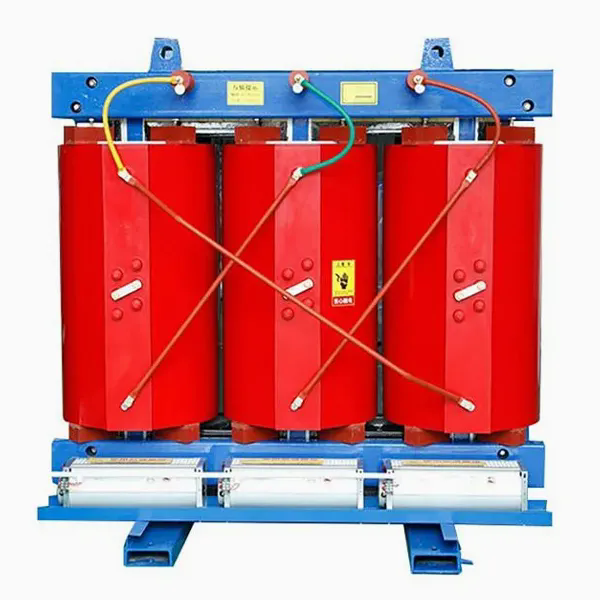What is a Dry Type Transformer and How Does It Work?
2024-11-12
When it comes to electrical systems, transformers play a crucial role in transmitting and distributing power across industries, homes, and businesses. One common type of transformer you might encounter is the dry type transformer. But what exactly is a dry type transformer, and how does it differ from other types? In this blog, we’ll explore the basics of dry type transformers, their benefits, and where they are typically used.
What is a Dry Type Transformer?
A dry type transformer is a type of transformer that does not use any liquid, such as oil, for insulation or cooling. Instead, it relies on air to cool its windings and insulate the components. Dry type transformers are typically designed for low and medium voltage applications, making them ideal for use in commercial buildings, industrial settings, and urban areas where safety and environmental concerns are a priority.
Unlike oil-filled transformers, which use a liquid to transfer heat away from the core, dry type transformers use solid insulation materials like epoxy resin or paper-based insulation. This makes them safer, as there is no risk of oil leaks or fires in the event of a malfunction.
How Does a Dry Type Transformer Work?
The basic function of a dry type transformer is similar to any other transformer: it changes the voltage level of electrical power to suit the needs of a particular application. The transformer operates through electromagnetic induction, where the primary coil (connected to the power source) generates a magnetic field, which then induces a current in the secondary coil (connected to the load).
In a dry type transformer, the core and coils are immersed in an insulating material that prevents electrical shorts and ensures the efficient operation of the transformer. Instead of being cooled by oil, the transformer relies on natural air circulation to dissipate heat. The design typically includes ventilated enclosures and cooling fans to maintain the optimal temperature.
Benefits of Dry Type Transformers
1. Safety: Dry type transformers eliminate the risk of oil leaks and fires, which can be a significant hazard in oil-filled transformers. This makes them a safer option, particularly in urban areas and places with strict environmental regulations.
2. Environmental Friendliness: Without the use of oils, dry type transformers are more environmentally friendly, reducing the risk of hazardous material contamination. This makes them a preferred choice for green building projects and sustainable construction.
3. Compact and Flexible: Dry type transformers are typically smaller and more flexible in terms of installation. They don’t require large oil tanks or complex cooling systems, which makes them ideal for installation in places with limited space.
4. Low Maintenance: These transformers require less maintenance compared to oil-filled transformers because there is no need for oil testing or replacement. They also don't require cooling systems that need regular servicing.
5. Durability: With fewer moving parts and a design that withstands environmental conditions better, dry type transformers tend to have a longer service life.
Where Are Dry Type Transformers Used?
Dry type transformers are used in a wide range of applications, including:
- Commercial Buildings: They are ideal for office buildings, retail spaces, and data centers, where safety and minimal environmental impact are key concerns.
- Industrial Applications: Factories and manufacturing plants often use dry type transformers to handle machinery and equipment that requires reliable, low-voltage power.
- Renewable Energy Systems: With the increasing focus on sustainability, dry type transformers are often used in solar power systems, wind farms, and other renewable energy infrastructure due to their eco-friendly nature.
- Urban Areas: Because they are safer and require less maintenance, dry type transformers are a popular choice for power distribution in cities and densely populated areas.
Conclusion
Dry type transformers are an essential part of modern electrical systems. Their safety, environmental benefits, and reliability make them an excellent choice for a wide variety of applications. Whether you’re working on a commercial building, renewable energy project, or industrial system, understanding how dry type transformers function and where they are best used can help you make the right decisions for your power distribution needs.
As we continue to move toward more sustainable and eco-friendly solutions, dry type transformers will undoubtedly play a vital role in ensuring efficient and safe power management in the future.



